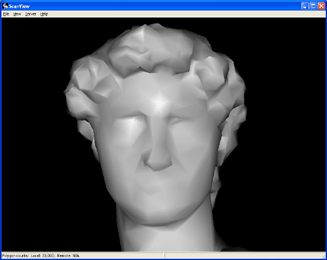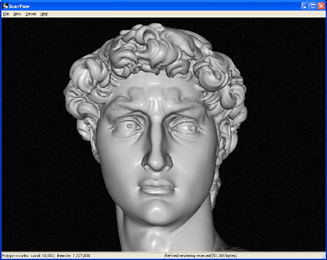Input Sample |
 |
Synthesized Result |
Introduction
Texture is a ubiquitous visual experience. It can describe a wide variety of surface characteristics such as terrain, plants, minerals, fur and skin. Since reproducing the visual realism of the real world is a major goal for computer graphics, textures are commonly employed when rendering synthetic images. These textures can be obtained from a variety of sources such as hand-drawn pictures or scanned photographs. Hand-drawn pictures can be aesthetically pleasing, but it is hard to make them photo-realistic. Most scanned images, however, are of inadequate size and can lead to visible seams or repetition if they are directly used for texture mapping.Texture synthesis is an alternative way to create textures. Because synthetic textures can be made of any size, visual repetition is avoided. Texture synthesis can also produce tileable images by properly handling the boundary conditions. Potential applications of texture synthesis are also broad; some examples are image de-noising, occlusion fill-in, and compression.
The problem of texture synthesis can be stated as follows: Given a texture sample, synthesize a new texture that, when perceived by a human observer, appears to be generated by the same underlying stochastic process. An example is shown in the above figure. Our goal is to develope a new texture synthesis algorithm that is efficient, general, user-friendly, and able to produce high quality textures. In addition, we would like to extend the horizon of texture synthesis by exploring a variety of new applications based on our algorithm.
People
Zum Download:
„Texture Synthesis from Multiple Sources“, by Li-Yi Wei. In SIGGRAPH 2003 Applications and Sketches.

